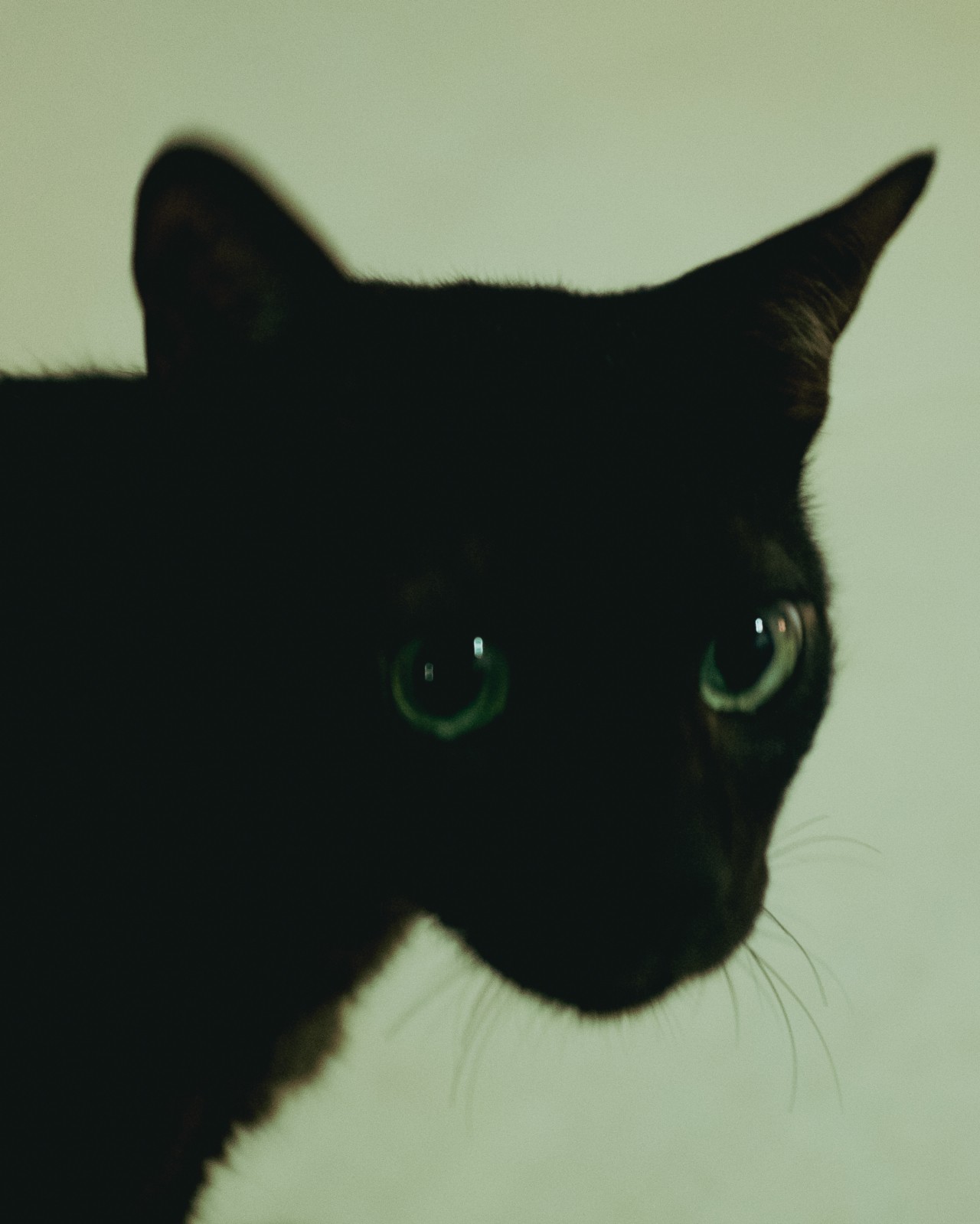

Photograph by Ali Monis Naqvi
words by willow defebaugh
“Like the word wild, the word witch has come to be understood as a pejorative, but long ago it was an appellation given to both old and young women healers, the word witch deriving from the word wit, meaning wise.” —Clarissa Pinkola Estés, Women Who Run with the Wolves
If you’ve read between the lines of my various letters to you over the years (or even just last week’s) it should come as no surprise that I identify as a witch. Throughout history, that word has amassed many dark denotations, from satanic worship to malefic deeds—and thousands of people, mainly women, have been brutally persecuted for it. But, while witchcraft takes many shapes, its roots are often a practice of connecting to nature. So let’s demystify it, shall we?
It’s important to note that nearly all cultures have histories of witchcraft. Because my paternal roots are Celtic and Germanic, I’ll mainly be speaking to pagan traditions from those lineages. Witchcraft from this part of the world places an emphasis on embracing the cycles of the seasons. The Wheel of the Year is marked by eight principle sabbaths: the four equinoxes and solstices, and the midway points between each. These times are intended to mark nature’s progression.
One way we can honor nature throughout the year is ceremony and ritual. For example, today’s sabbath—Samhain—is meant to honor the season of death and decay. It’s a time for composting, which can be ritualized through symbolic cleaning, reflecting on our ancestors, and interacting with artifacts of our past. But ritual can be incorporated into our everyday lives as well: whether through walks in nature, trips to the farmer’s market, meditation practice, or even sitting for tea.
Ritual can center us and cultivate clarity. It puts us in touch with our intuition: our sixth sense. According to neuroscientist Joel Pearson at the University of New South Wales, intuition plays a part in all of our lives—it’s our unconscious making predictions based on our past experiences and surroundings, and ‘recommending’ a best course of action. I have found that the more I can quiet my mind, the easier it is to hear that intuitive voice, which in turn helps me navigate life.
In cultural folklore, witches are often associated with bubbling cauldrons and brewing potions. This is rooted in another practice of connection with nature: herbalism, the medicinal use of plants for healing. Whether it’s chamomile for relaxation, echinacea for immunity, valerian root for sleeping, or the many healthy benefits of garlic, medicine grows abundantly from the Earth. Witchcraft can also simply be learning what’s in season and cooking with local crops.
In European lore, witches were also said to keep an animal companion called a familiar: a black cat, dog, toad, insect, etc. These animals were seen as small demons and proof of witchcraft during the hunts that claimed 80,000 lives from 1500 to 1660—symbolic of wider Western dogma that all nonhuman animals are lesser beings. Meanwhile, my own canine companion has taught me innumerable lessons about how much we have in common with our fellow animals.
Whether through alignment with the seasons, the flora and fauna around us, or our own internal knowing, witchcraft can help us harmonize with ourselves and the natural world. Through the industrial subjugation of nature and the dominance of religion, Earth became a commodity and access to the divine became mediated, rather than a force that flowers all around us. And so it’s no wonder that witches were hunted down. As Clarissa Pinkola Estés wrote, the very root of the word is wit. What could be more threatening to said power structures than one who knows?
Season of the Witch